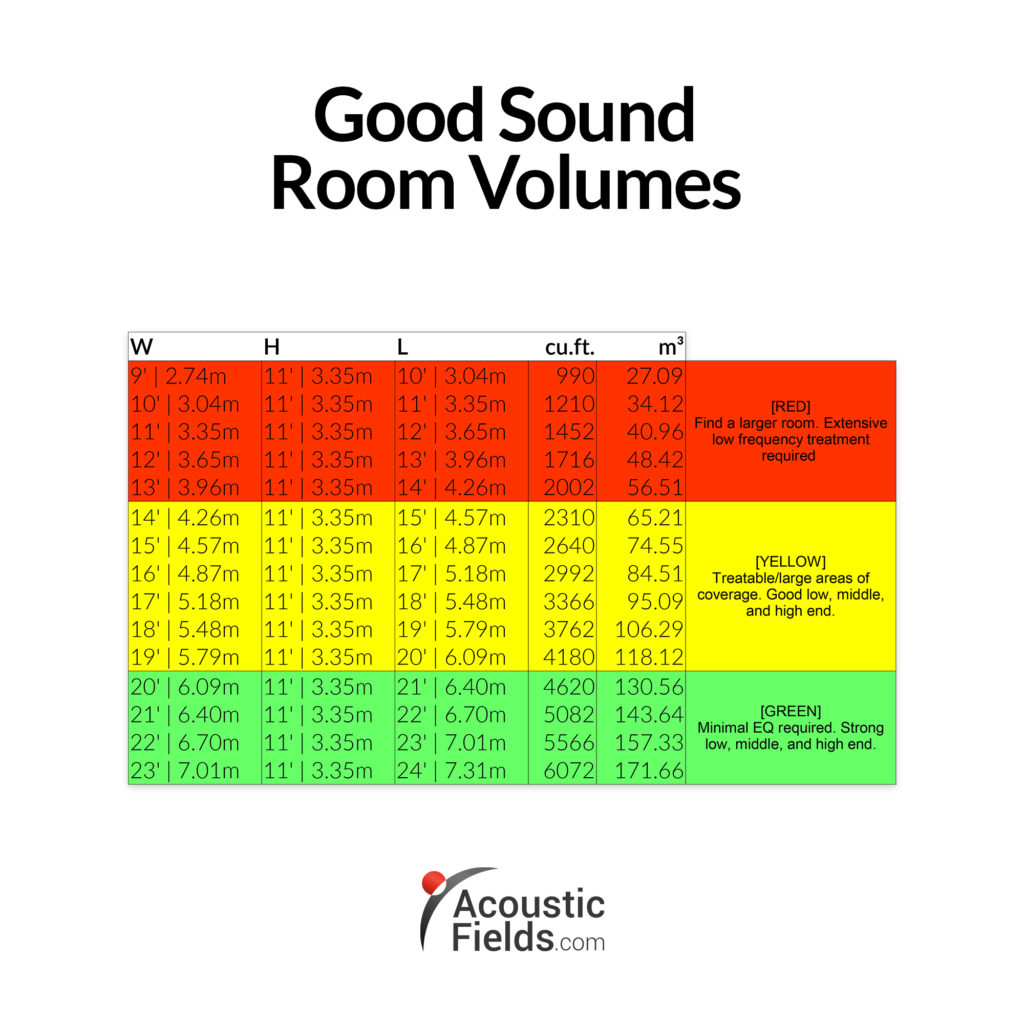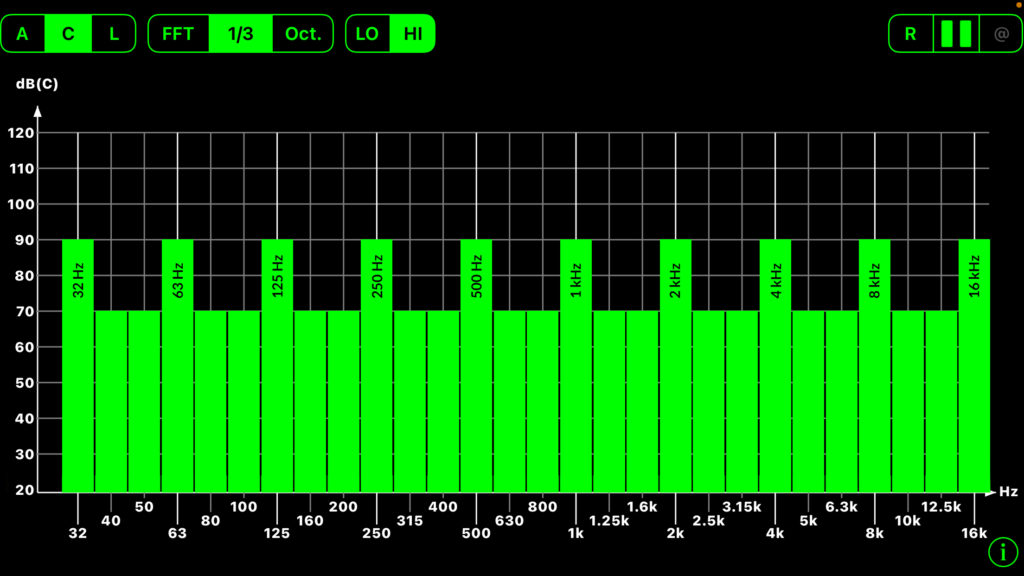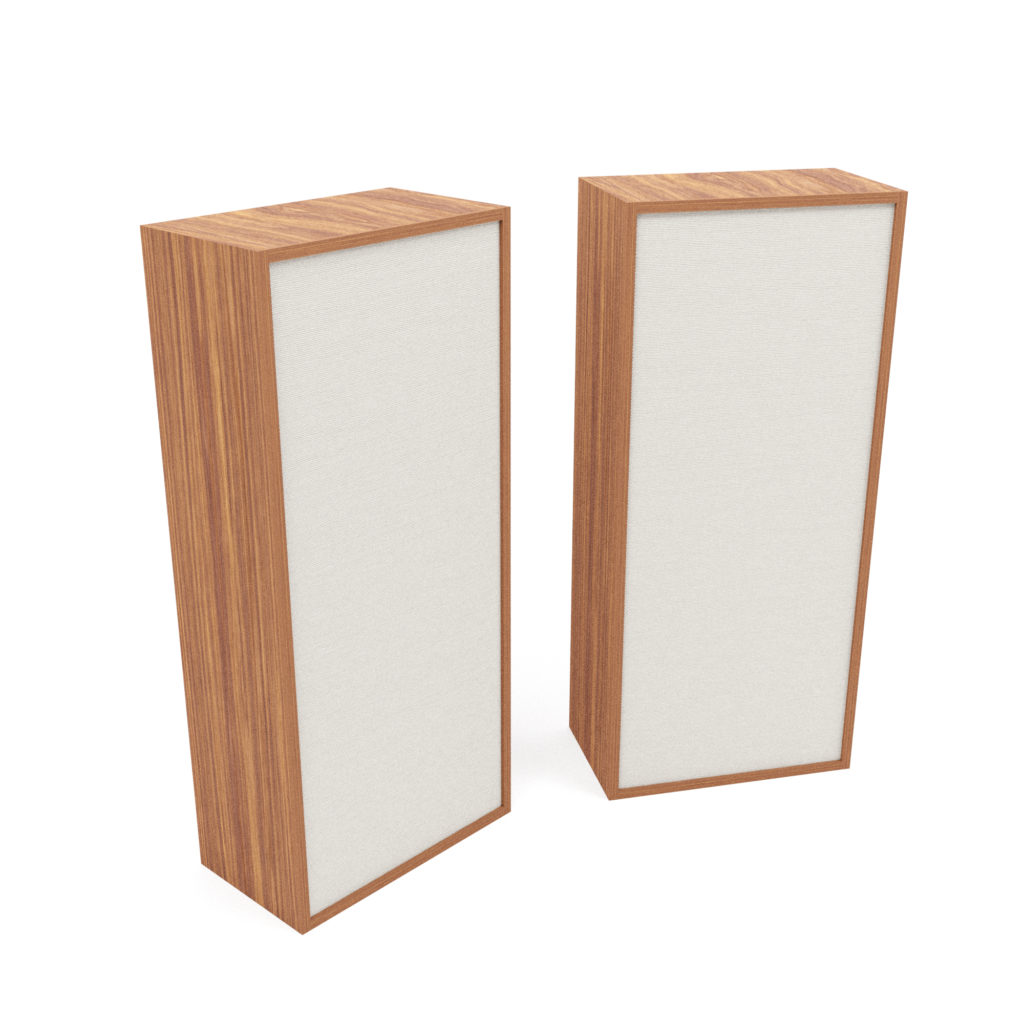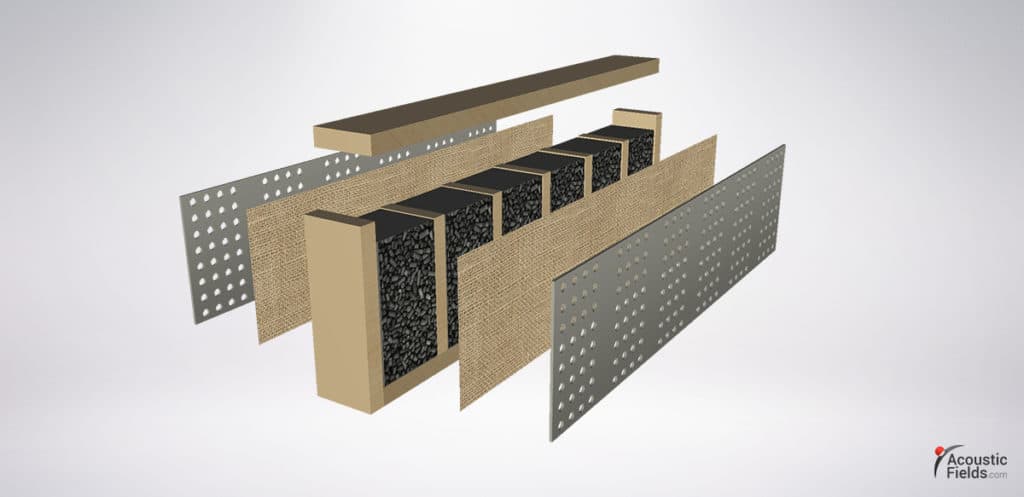
When we are discussing acoustics in music, we must use two main variables. We must consider all low frequency issues that your room will produce along with managing middle and high frequency reflections within the room. In any consideration of acoustics in music, we must always identify and treat the low-frequency issues first and foremost since they contribute to all frequency issues. Low frequency issues are termed fundamentals. Fundamental low-frequency frequencies contribute to all middle and higher frequency issues. The fundamental low – frequency issues below 100 hz. produce the middle and high frequency issues that affect our speech intelligibility. In any consideration of acoustics in music, we must look to identify and then provide the appropriate treatment types to address the issues of all fundamental frequencies.
https://dictionary.reverso.net/english-definition/sound+fundamentals

With the lower frequency fundamentals below 100 hz. we must then look at the harmonics that are created by the fundamentals. Fundamentals are the parents and harmonics are the children produced by the parents. Harmonics are where we identify music as music and speech as speech. Harmonics are expressed in multiples of the fundamental frequencies. A fundamental frequency of 40 hz. has a first order harmonic of 80 hz. A 50 hz. fundamental has a first order harmonic of 100 hz. There would be a second order harmonic at 150 hz. There are first, second, third, and fourth order harmonics. All of the fundamentals that produce the low frequency issues, will produce middle and high frequency harmonics that will impact speech intelligibility. Speech intelligibility is defined as how many words in a ten word sentence that you can hear clearly and understand completely.
https://www.teachmeaudio.com/recording/sound-reproduction/fundamental-harmonic-frequencies

To make sure we can hear both fundamentals and harmonics in our critical listening environments, we must first select the proper room size and volume that our music will be used within. Room sizes have a large impact on low frequency energy input into any room. Lower frequency fundamentals can range from 20′ – 40′ long. How can this lower frequency energy fit into our rooms that are only 15′ long? The answer is that it can not. When the lower frequency fundamental energy does not fit into our room dimensions distortions are produced. These distortions are termed room modes. Room modes are energy that does not fit which will produce distortions that can exaggerate or eliminate entirely certain frequencies. We must choose the proper room size and volume which will do two things. First, we must choose dimensions that minimize low frequency issues. Secondly, we must choose dimensions that will allow for the 12″ of treatment types to manage the room modal distortions.
https://en.wikipedia.org/wiki/Room_modes

When dealing with the acoustics in music, we must divide the audible frequency spectrum into two main parts. We have low frequency wave energy below 100 hz. We have middle and high frequency energy above 100 hz. The common term for lower frequency energy is “bass”. Middle and high frequency ranges are where voice lives. Both of these acoustics in music issues must be treated within our rooms. Lower frequency energy requires a completely different treatment type than middle and high frequency energy. Low frequency issues are pressure based wave energy. They must be treated with pressure based technologies. Middle and high frequency issues must be treated with technology that works upon air flow or the technical term is molecular velocity. Pressure waves oscillate through our rooms in waves of energy like ocean waves. Middle and higher frequency ray energy is more straight line just like sunshine.
https://www.acousticfields.com/dedicated-listening-room-service/

Lower frequency energy types come in three forms. Middle and high frequency treatment types come in many forms. For low frequency management, we have diaphragmatic, membrane, and Helmholtz. Diaphragmatic is the most powerful of the three technologies and is the one type we use at www.acousticfields.com. We use a double front wall system to slow the wave energy before it enters the cabinet. Inside the cabinet is our activated carbon technology which lowers the pressure inside the diaphragmatic absorber. When a pressure wave that was created in one atmospheric type sees another pressure area that is lower the existing pressure wave collapses. With middle and high frequency management, it is air flow across the surface area type to produce the proper rate and level for absorption that compliments music and voice.







